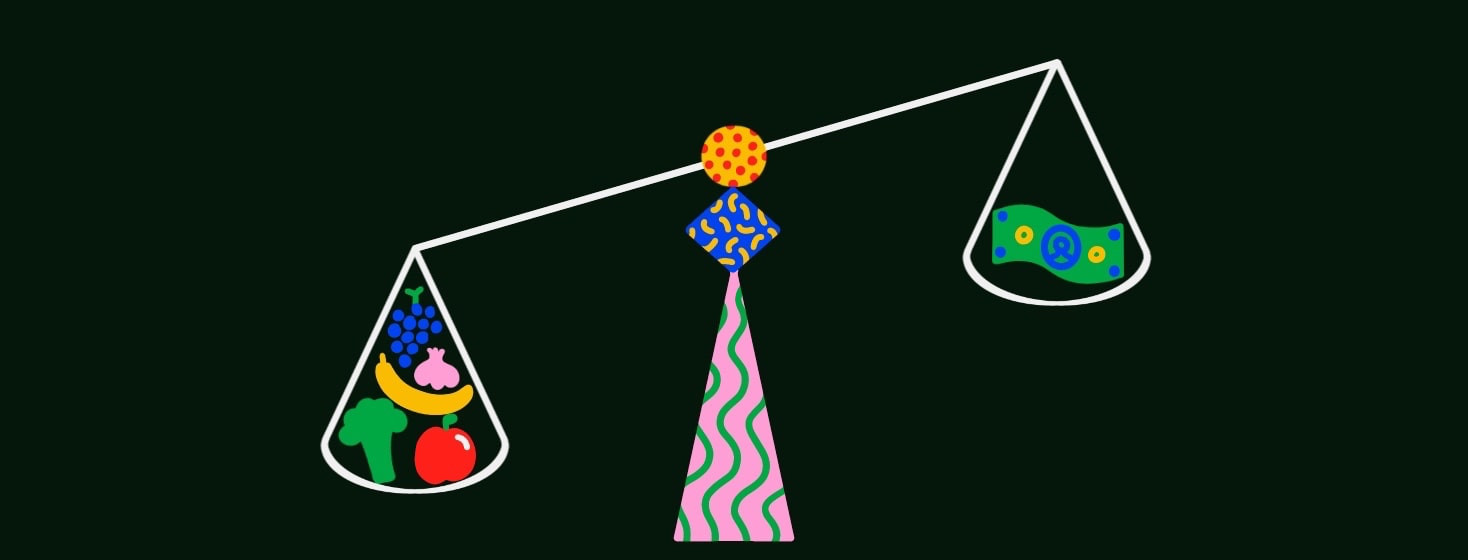3 Tips for Saving Money on Food
Have you noticed the price of food going up? The latest Consumer Price Index reveals that it is true–our food prices have risen nearly 7 percent over the past year, and we have witnessed a significant rise in costs the past couple of months.1
Rising food costs and diabetes
Inflation is occurring bigger and faster than it has in several decades. As a registered dietitian and a person living with diabetes, this was the headline news that certainly caught my attention. If food costs are on the rise, we need to have a plan since healthy eating is a key component of diabetes management.
3 tips for creating a food budget
Let's look at the 3 P's: planning, purchasing, and preparing, as our foundation to our food budget. If you've read any of my blogs previously, you will know that I am a huge fan of planning. Planning is one of those secrets to diabetes management. And being prepared helps alleviate some anxiety, frustration, and worry.
1. Plan
Plan your meals and snacks for the week. Review the grocery store advertisements and plan your meals according to what is on sale. Make a menu, especially for the dinners you will prepare that week, and use that menu to write your grocery shopping list. Having a list helps avoid impulsive shopping and try your best to stick to the list.
2. Purchase
At some grocery stores, the on-sale items aren't clearly marked in the store, so do your homework to know ahead of time precisely what you are looking to purchase. Compare prices with generic versus store brands. Often they are priced at a lower cost, but brand name items on sale could be less expensive than generic.
I love using the unit pricing signs that tell you about the cost per ounce or per quantity. It's easier to see which item (smaller or larger package or regular price versus sale price items) is the best deal. Speaking of sale items, buy fresh produce when it's in season because there is a big difference in cost.
If fresh fruit or vegetables are too costly, check out the canned items, like fruit packed in its own juice or vegetables with no added salt as another option to fresh fruit. Think about using canned mushrooms, canned green beans, or canned fish or beans as lower-cost options.
Foods that stay low cost all year long are beans, carrots, greens, potatoes, apples, and bananas. Did you know that foods in the grocery aisle at eye level are usually more expensive? Look at items on the upper and lower shelves to get your best deal.
3. Prepare
Preparing meals from scratch is always a cost savings method. Look for recipes that you can prepare once and serve twice. Use some higher-cost food items like meats and poultry as a side dish instead of the main dish.
Use recipes that help extend meals like stews and chilis that use less meat. Beans, as a plant-based protein, is one of the least expensive protein foods.
Try these techniques to help lower costs
Planning and preparing are critical elements of diabetes management, so it is no surprise that using these techniques can help with healthy food choices and food budgeting. Remember, it's not an all-or-nothing proposition. Try a few of these strategies to see what works best for you!

Join the conversation